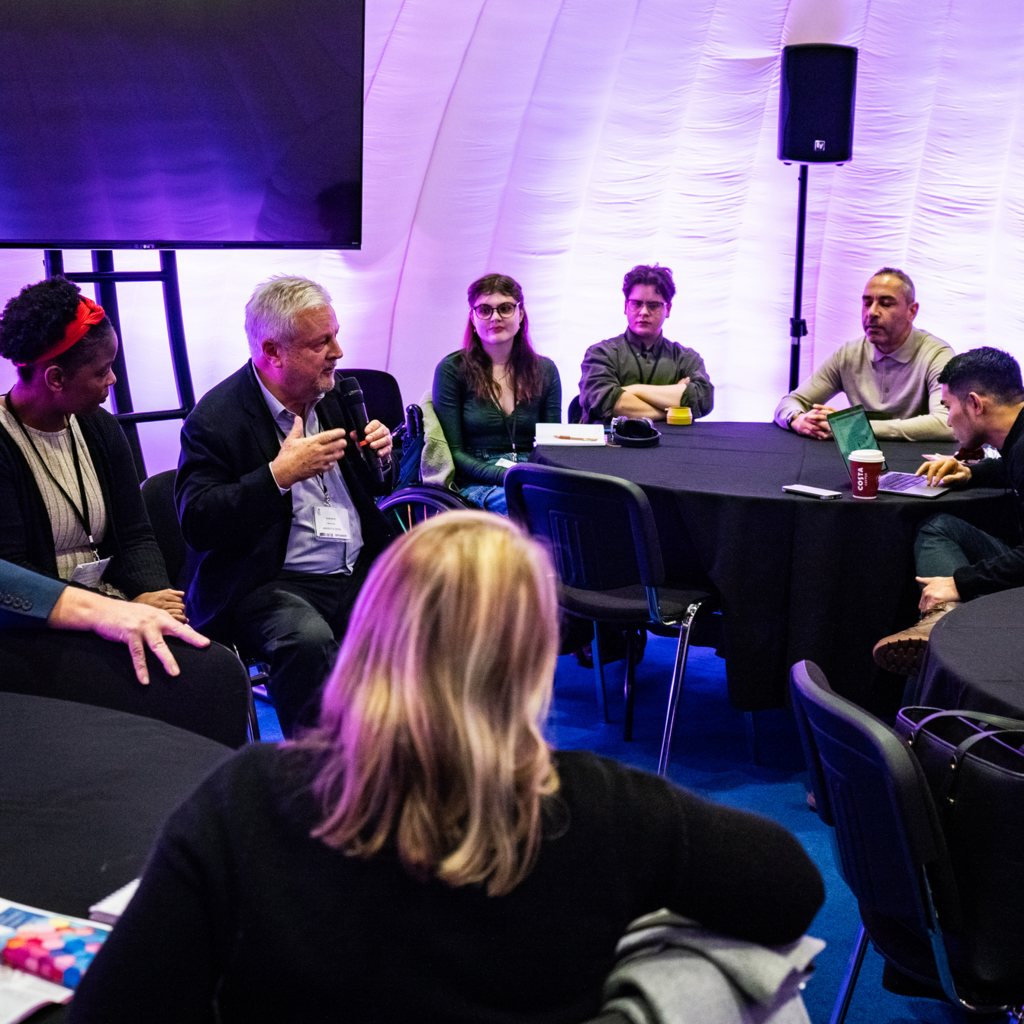
Optimizing and Implementing Single-Cell Technologies to Uncover Complex Biology
Date: Day 2, Thursday 30th January 2025
Time: 11:20 - 12.50
Location: The Single-Cell & Spatial Dome
Single-cell analysis has long been used to detect cellular heterogeneity, signalling pathways, and disease mechanisms. Despite the advent of spatial analysis and new techniques, single-cell continues to be the dominant tool in revealing cell population differences and cellular evolutionary relationships. This workshop aims to help participants decipher single-cell data, improve analysis workflows and demonstrate how to integrate existing datasets to uncover novel biological insights.

Learning Objectives
- Recognize how sharing phenotype-linked variant data advances rare disease diagnosis and research, enhancing the identification and understanding of rare genetic conditions.
- Familiarize yourself with tools like DECIPHER that offer powerful interfaces and databases for accurate genomic variant interpretation, supporting diagnosis and research efforts.
- Learn and apply ACGS guidelines to score and sub-divide variants of uncertain significance, determine reportable variants, follow recommendations for additional testing, and navigate reclassification for precise genetic analysis.
Workshop Format
Computational analyses of single-cell: technology landscape and its best practices
- Dreamcatcher allows accurate identification and quantification of bacterial reads in single-cell, spatial, and bulk RNA-seq
- Discuss different possibilities enabled by technology using single-cell. Discuss the best practices in choosing the right pipeline for an analysis
- A workshop on developing a small pipeline for an analysis
Dreamcatcher allows accurate identification and quantification of bacterial reads in single-cell, spatial, and bulk RNA-seq
- Microbial reads are often discovered in RNA-seq samples; however, accurate identification of relevant bacteria is very challenging
- We have developed a pipeline that allows us to remove computational false positives, evaluate "contaminome" contribution, and analyze single cell/spatial reads together with the host data
- We will present a tutorial on performing this analysis and the types of biological information that can be learned from our approach
Q&A
This Q&A session is your chance to ask any burning questions Q&A
Workshop Leaders
Alexander Predeus
Principal Bioinformatician
Wellcome Sanger Institute
Bodhayan Prasad
Bioinformatician
University of Glasgow
